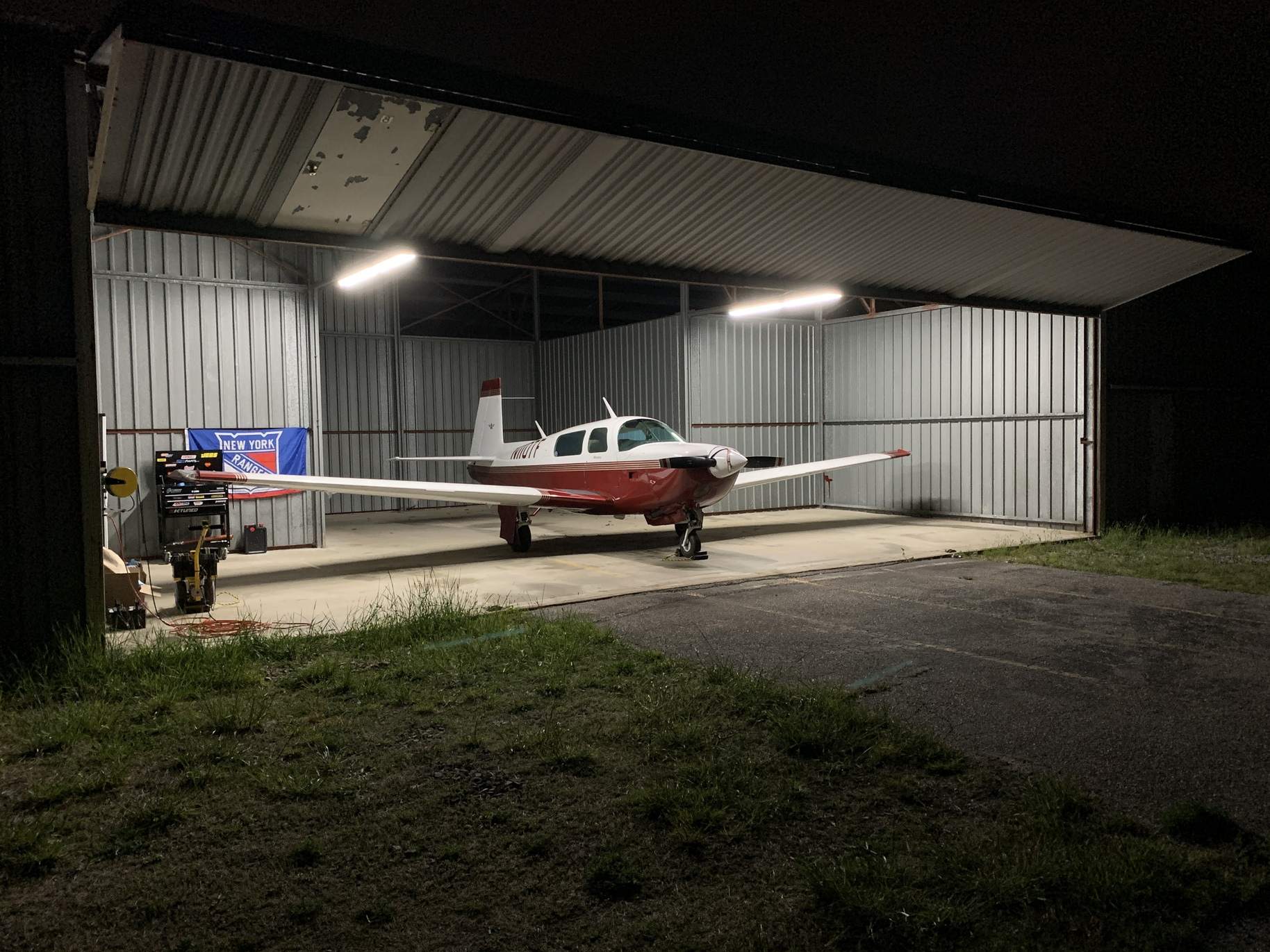
dzeleski
-
Posts
502 -
Joined
-
Days Won
1

dzeleski last won the day on September 17 2024
dzeleski had the most liked content!
The recent visitors block is disabled and is not being shown to other users.
Tagged with:
Tagged with:
dzeleski replied to Lax291's topic in General Mooney Talk
dzeleski replied to Lax291's topic in General Mooney Talk
We have placed cookies on your device to help make this website better. You can adjust your cookie settings, otherwise we'll assume you're okay to continue.